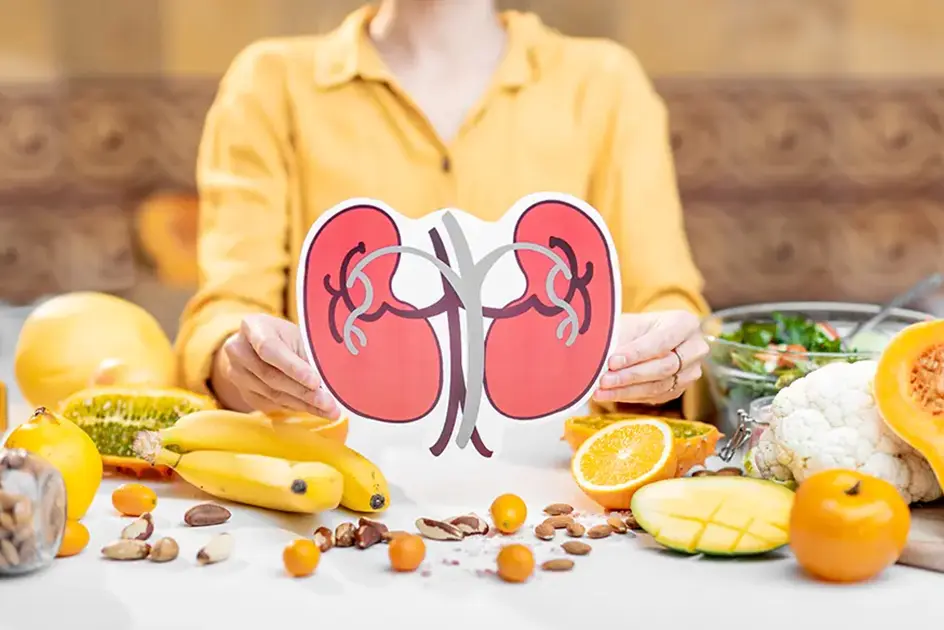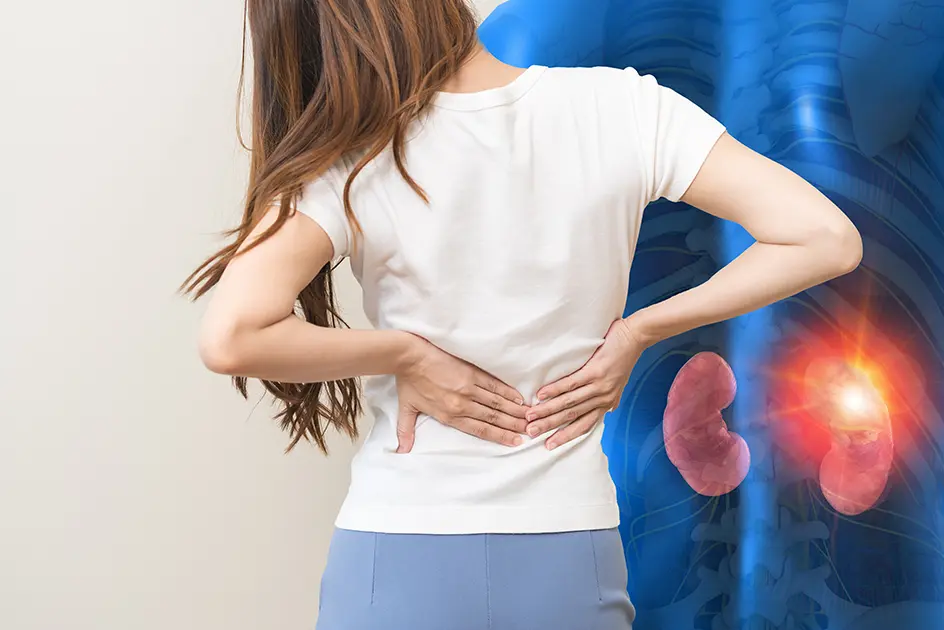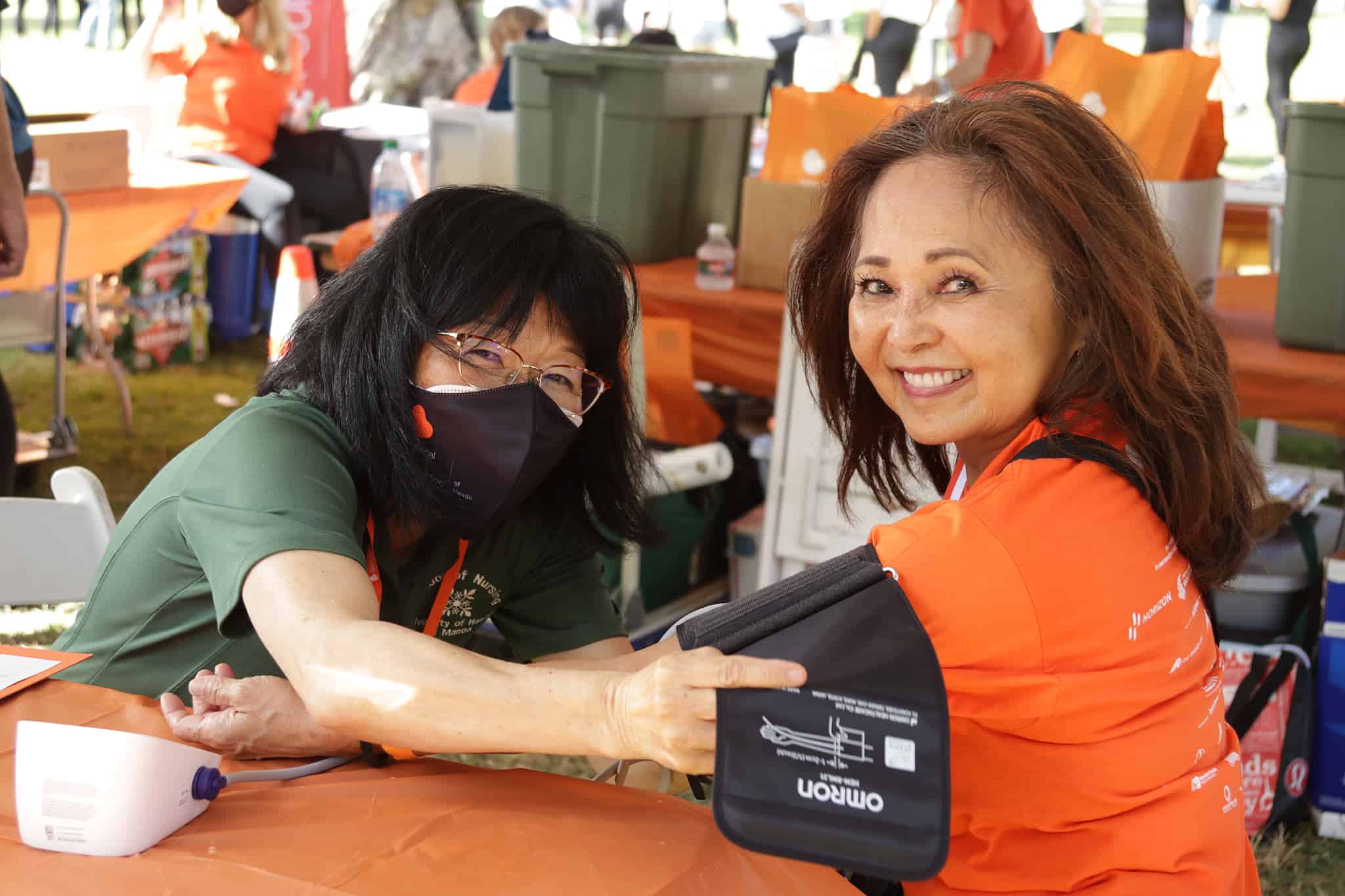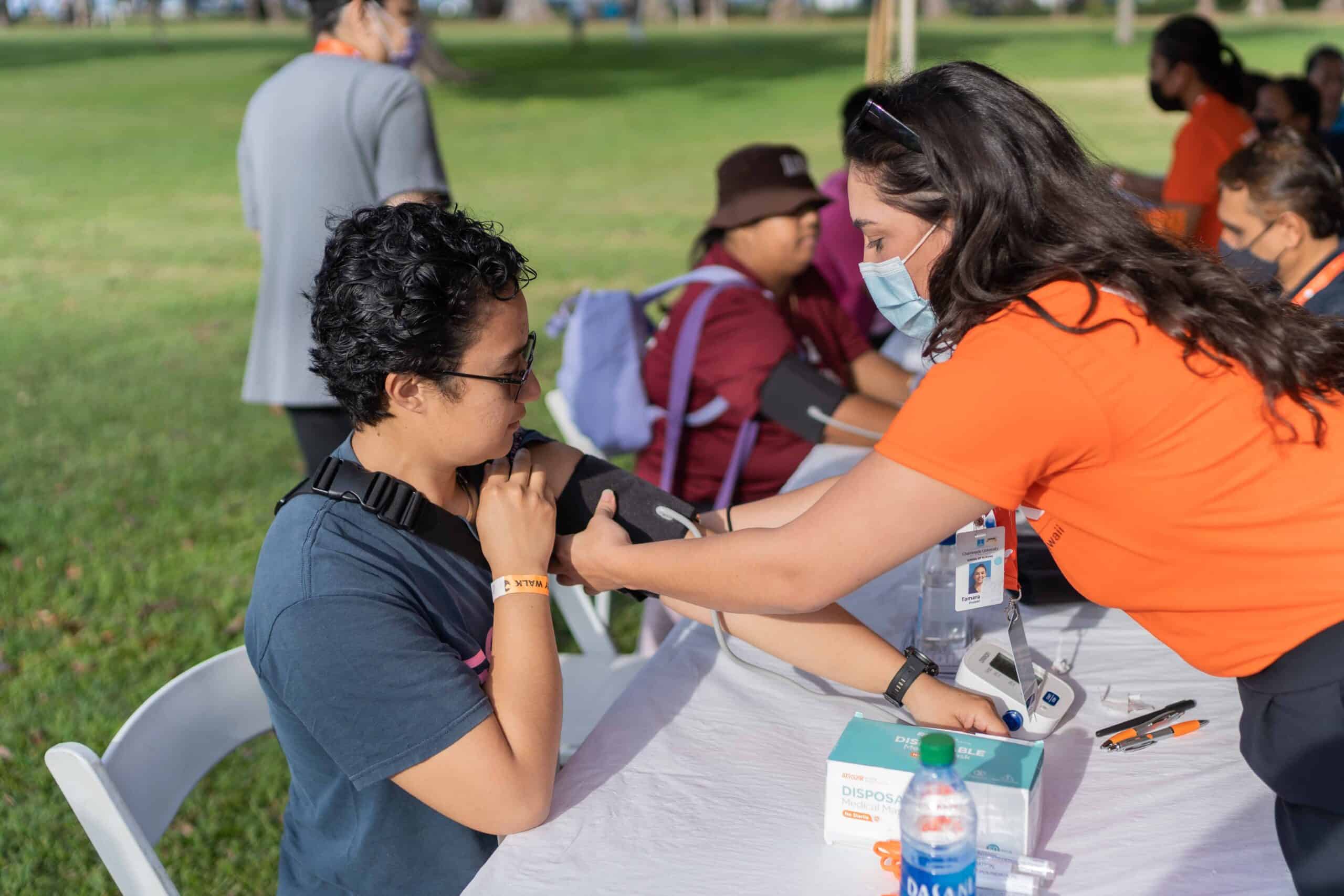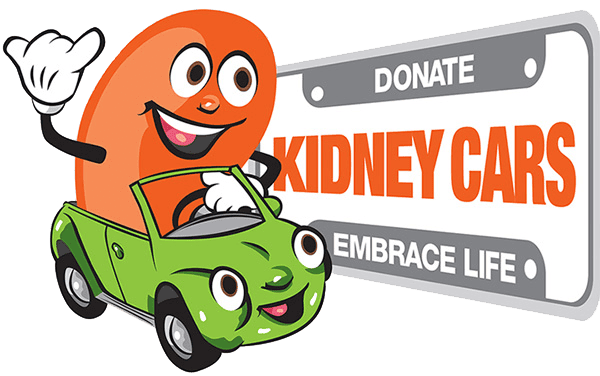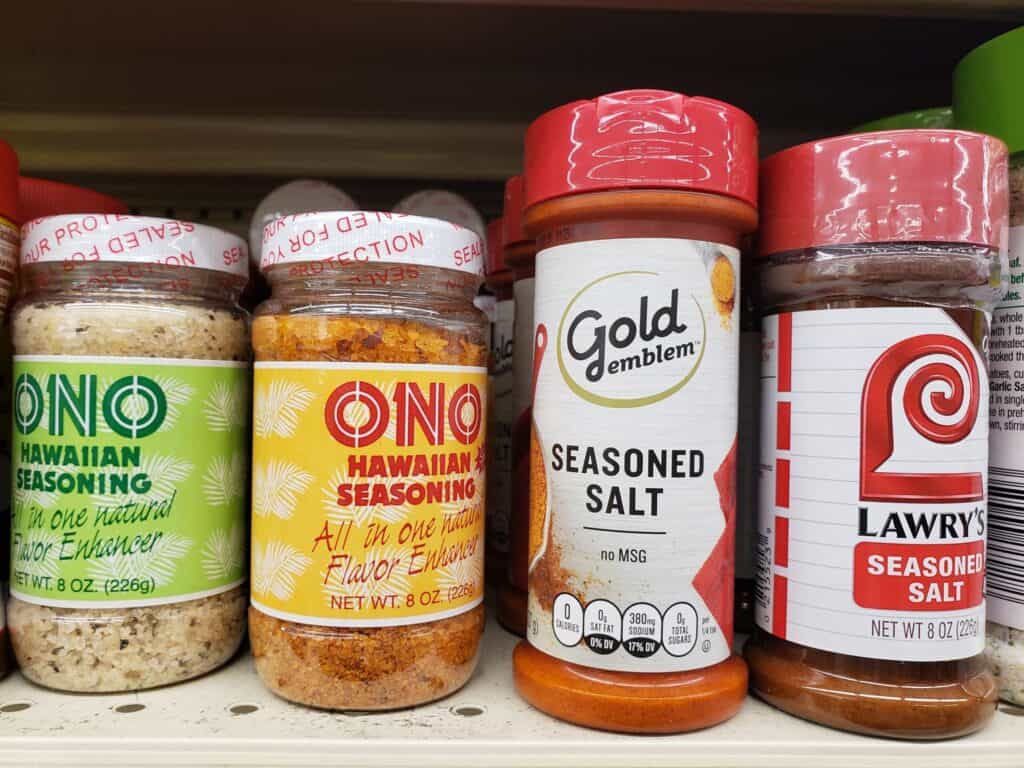The most frequently asked question that renal dietitians hear is, “What should I eat?” This series of blog entries discusses the general dietary guidelines for CKD patients. The last blog topic was protein. Sodium (or salt) is another dietary concern for people with CKD.
When you have chronic kidney disease (CKD), your kidneys cannot regulate fluid normally. Over time, excessive salt intake can lead to high blood pressure (hypertension), which stiffens and narrows the blood vessels. When oxygen flow to organs decreases, the heart works harder to pump blood, which further increases blood pressure. One way you can protect your heart and kidneys is to consume less sodium in food and beverages.
Many foods that you don’t think are high in sodium have hidden sodium, like bread, crackers, milk, butter, pasta, soups and condiments. The main sources of sodium in our diet are processed foods such as hot dogs, Spam, Vienna sausage, corned beef, cold cuts, Portuguese sausage, and foods made with shoyu or tomato sauce. To determine how much sodium is in a particular food serving, use the Nutrition Facts label. By definition, foods that are less than 5 mg per serving are “sodium-free”; less than 35 mg are “very low-sodium”; and less than 140 mg are “low-sodium.” You may also see “reduced sodium” or “unsalted” food products. Be aware! These are not necessarily low-sodium. If a food has more than 500 mg per serving, it is not a good choice.
What to eat? Choose more fresh beef, pork, poultry, fish, eggs, vegetables, low-sodium or homemade soups, fruits, rice, and low-sodium breads. Add herbs to flavor food, like ginger, garlic, onion, basil, pepper, parsley, or dried spices like Mrs. Dash. If you like saimin, throw away the seasoning packet and use 3 cups of low-sodium beef or chicken broth instead. Add chopped won bok, bean sprouts, green onion, corn, sesame oil, and a boiled egg to make a tasty, lower sodium saimin. Avoid adding table salt (including Hawaiian, kosher, natural sea, or alae), seasoned salts, shoyu, less-sodium shoyu, or teriyaki, steak, taco, barbecue, or tomato sauce. Use condiments, like ketchup, mustard, pickles, miso, kimchi, and salad dressing, sparingly. Also, eat smaller portions of pupus like smoke meat, imitation crab, cheese, kamaboko, lomi salmon, salsa, and chips.
If you have CKD, check with your doctor or renal dietitian about how much sodium you should have in your diet. The general recommendation for any stage of CKD is 2,000 mg per day OR LESS.
The next blog entry will address another element of the renal diet, potassium.
This information is meant to be used as a resource and is not meant to replace medical advice. For more information, contact programs@kidneyhi.org.
Reference:

